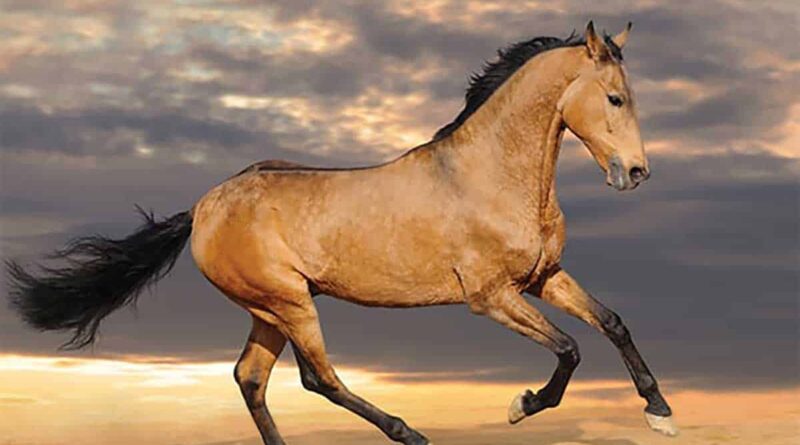Barb Horse: North African Legendary Horse
In the rugged mountains and sweeping deserts of North Africa, a legendary horse has galloped through history, leaving an indelible mark on cultures and civilizations. Known as the Barb, or Berber, or Barbary horse, this breed is celebrated for its endurance, agility, and unyielding spirit. From the battlefields of ancient empires to the royal stables of Europe, the Berber horse has been a symbol of power, resilience, and pride for the Amazigh people of the Maghreb.
Origins in the Maghreb: A Horse Shaped by the Land
The Barb horse is one of the oldest horse breeds in the world, with origins tracing back over 2,000 years to the indigenous Amazigh tribes of North Africa. Bred in the harsh environments of the Atlas Mountains and the Sahara Desert, these horses developed remarkable stamina and adaptability. Their compact, muscular build and strong legs made them ideal for navigating rocky terrain and enduring long journeys across arid landscapes. For centuries, the Barb horse was not just a means of transportation but a cherished companion and a symbol of status among the Amazigh people.
Warriors of the Desert: The Barb Horse in History
The Barb horse played a pivotal role in the military campaigns of North Africa. Renowned for their speed and agility, these horses were the mounts of choice for the Berber cavalry, who were feared by their enemies for their hit-and-run tactics. The breed’s influence extended beyond the Maghreb, as Barb horses were prized by the Carthaginians and later the Moors, who brought them to Europe during the Islamic conquests of the Iberian Peninsula. Their impact on European horse breeding was profound, contributing to the development of breeds like the Andalusian and the Thoroughbred.

A Symbol of Royalty and Prestige
By the Middle Ages, the Barb horse had gained a reputation as a noble and prestigious breed. European monarchs, including Louis XIV of France and Henry VIII of England, sought these horses for their royal stables. Their elegance and strength made them favorites for parades, ceremonies, and equestrian sports. The Barb horse’s influence can still be seen in modern dressage and show jumping, where its descendants continue to excel.
The Barb Horse Today: Preserving a Legacy
Despite its historical significance, the Barb horse faced decline in the 20th century due to crossbreeding and changing agricultural practices. However, efforts to preserve the breed have gained momentum in recent years. Organizations in Morocco, Algeria, and Tunisia are working to protect the Berber horse’s genetic purity and promote its cultural heritage. Today, these majestic horses can be seen in traditional Berber festivals, where they are celebrated for their beauty and strength.
A Living Legend
The Barb horse is more than just a breed; it is a living testament to the resilience and spirit of the Amazigh people. From the deserts of North Africa to the royal courts of Europe, these horses have carried the legacy of a proud and ancient culture. As we celebrate the Barb horse, we honor not only its remarkable history but also its enduring role as a symbol of freedom, strength, and unity.
For more stories about the Maghreb’s rich heritage, subscribe to Maghreb Magazine and follow us on social media.



